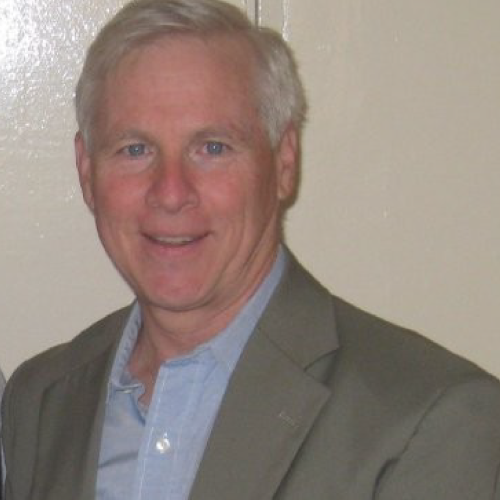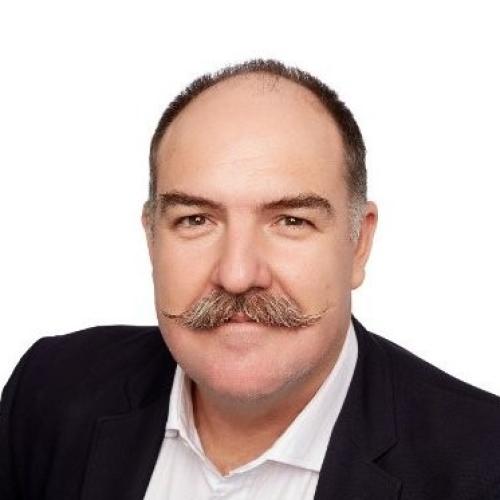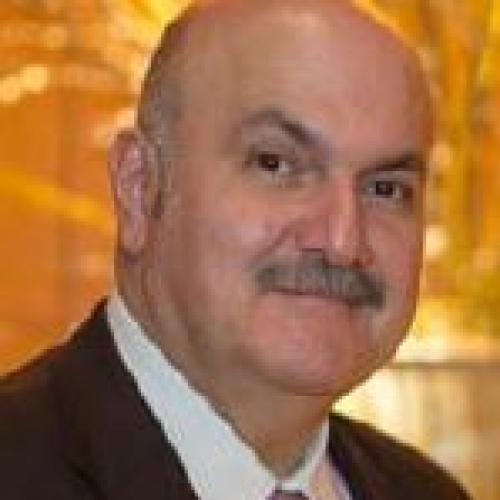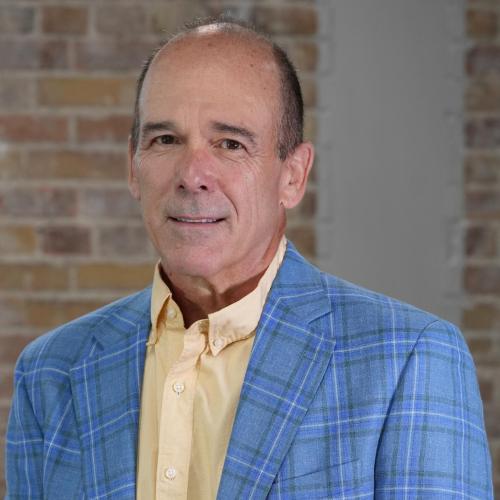Starting with any relevant education, walk me through the twists and turns of your career to date? How did one opportunity lead to the next + what was the key takeaway/ experience in each role + how did this lead you to where you are now
I received my DVM and PhD degrees at Colorado State University in the late 90s. I also did a 2-year post-doctoral fellowship in cancer therapies at the Flint Cancer Center at CSU. After a brief stint in private practice in Spokane, Washington, I joined Pfizer’s Animal Health Division, which has since spun out to become Zoetis. I spent 7 years in R&D at Pfizer, terminating as a Director of Clinical Development. I then pivoted to the Business Development team as a Director of Strategic Planning and Global Alliances. I’d encourage any person early in their career to join a large organization, since they have so many resources that smaller orgs just don’t have – like professional development budgets and enterprise-level tools. It was great to learn how to develop, market and register products in the animal health space, not to mention learning how to evaluate companies in a systematic way.
One of my first projects was helping create the business plan for a spin out of the Translational Genomics Research Institute in Phoenix
I loved my time there, but really yearned for more responsibility and when the opportunity came up to become the President/CEO of Morris Animal Foundation, I jumped at the chance. Morris Animal Foundation is the largest non-governmental funding source for veterinary research, and I had been a big fan since vet school. I was there for about 5 years, and learned a tremendous amount about terminal leadership, fundraising, evaluating grants and working with boards. Then I moved on to PetSmart, where I was a Sr. VP and President of PetSmart Charities in the US and Canada. They are the largest funder of animal shelters and rescues in North America and taught me so much about the animal welfare community and large retail channels. When I left there in 2018, I had planned to start a consulting business, working with large and small companies in the animal health field. One of my first projects was helping create the business plan for a spin out of the Translational Genomics Research Institute in Phoenix. An Assistant Professor there, Will Hendricks, was convinced that the time was right for introducing high-quality genomic testing to veterinary oncology. His technology was solid and well-thought-out and frankly, he convinced me as well, which is when Vidium Animal Health was born.
What was the pivotal moment that put you on your current founder path?
Meeting Will was certainly part of it, but the real pivot happened when our first outside investor, Ernie Garcia II (the largest shareholder of Carvana) believed in us and our vision of a world where a cancer diagnosis in a pet dog was an opportunity for understanding and options instead of fear. He gave us the initial resources to set up the business and encouraged us to build it for scale.
Can you provide a quick summary of the technology/ area of innovation and its potential application?
Cancer in any animal is a disease of mutations. Cells accumulate genetic changes that cause that cell to lose the controls that normally keep them from multiplying in unhealthy ways. If you can understand exactly which genes are mutated, you not only understand some of the ways those cells will behave, but also open up the option to use dozens of therapies that specifically, precisely target those perturbed cellular pathways. Our technology, genomic profiling, has fundamentally changed the way that cancer in humans is treated, and we hope to help veterinarians access those same powerful tools.
What stage are you at?
We have been selling our test for three years and are revenue positive. We are actively raising a Series A round in order to bring new products to market and increase our ability to get to potential customers
Discuss the biggest challenges of getting to this point? With the benefit of hindsight, what would you have done differently if anything?
When our initial investor challenged us to build for scale, I think we may have taken him too literally. We have built an amazing team, but always knew we would have to raise additional funds. What I think I underestimated was how hard raising that capital would be in 2023. The challenges are both obvious and maybe not-so-obvious.
Most of the significant raises in animal health over the past several years have come from groups new to animal health, often from outside the U.S.
Overall, 2022 and 2023 have been a much more challenging fund-raising environment compared to recent years, with fewer investments and longer deal-times. In addition, our experience was that since our emphasis was on traditional investors in animal health, that has significantly limited the number of companies willing to lead, set terms and negotiate company valuations. When only 3 or 4 companies are able to take on those tasks, it is too small an ecosystem. Most of the significant raises in animal health over the past several years have come from groups new to animal health, often from outside the U.S.
Have there been any pivot points in the company’s lifetime? What triggered these? Has the value proposition changed
There have been a couple times we’ve adjusted directions, but nothing fundamental. We licensed in a test that was aligned with our mission and increased our portfolio, but when adoption was slower than anticipated and the unit economics stopped making sense, we terminated that test. We also initially believed that our test was primarily for clinical oncologists, but general practice veterinarians, who have few options when it comes to treating cancer, have convinced us that the bigger market is really with them.
What has the been the greatest source of help/ guidance along the way?
We have really benefited from being incubated inside of TGen over the years. It allowed us to hit above our weight class in so many ways. We are 99% independent of them now, but especially during the early years, we could leverage a lot of expertise and knowledge that normally would not be available to a company at our stage.
It will take longer to see adoption by veterinarians than you think.
Best advice you’d pass on to other founders?
It will take longer to see adoption by veterinarians than you think. Even true unmet needs don’t get the adoption rates you might think they will. Persevere, be frugal and talk to your customers.
The fact is that veterinarians in western countries are overwhelmed, not used to having to evaluate new technologies, and generally focus on maintaining their relationships with clients over risking those relationship by trying new tools or techniques. Nowhere is this more true than in oncology, where very few tools have been incorporated into veterinary medicine, despite massive advances in human medicine. There is also a strong and understandable reluctance for companies to market directly to consumers because no one wants to disintermediate the veterinarian, but if veterinarians can’t drive enough adoption of new technologies, there may be few other choices for new companies.
For our part, we’ve invested heavily into education and marketing to veterinarians – first the oncology community, then general practitioners. Although to be clear, it was a heavy investment for a company our size, but the scale of other players in this space – Idexx, Antech, Zoetis – has made it very difficult to get our message across. We’ll continue to drive that strategy, but there are definitely some structural headwinds that make it difficult for small companies.
...cancer therapies are the biggest unaddressed market in companion animal medicine.
What do you think are broadly the biggest needs and opportunities in the Animal Health and Petcare markets?
At the risk of sounding self-serving, I absolutely believe that cancer therapies are the biggest unaddressed market in companion animal medicine. There are simply too few options for veterinarians to offer their clients when a pet has been diagnosed with cancer, and the advances on the human side have not carried through to veterinary medicine. Personally, I think the key to unlocking this value is more advanced diagnostics, but time will tell if that’s true.
What’s going to have the single biggest impact on change in your area of the market?
The recognition by enough veterinarians that most cancer cases are treatable at the level of the general practitioner. That is not minimizing the importance of the boarded oncologists out there but acknowledging that there is no way that the 350 or so boarded oncologists can possibly see the 6 million cases of cancer diagnosed each year. When GPs start to see cancer as manageable, then this area will really start to take off.
What do the next two years have in store for you?
It’s an exciting time. We have some products in late-stage development that we believe will show a lot of commercial success. We are also planning on expanding our team and forging some strategic partnerships. It’s going to be a lot of fun and hard work.




































